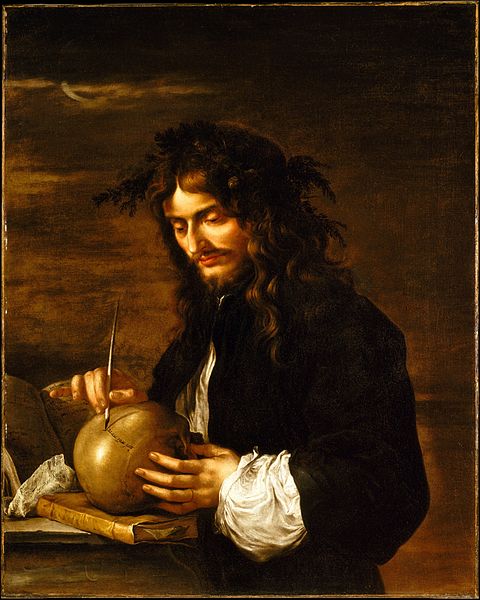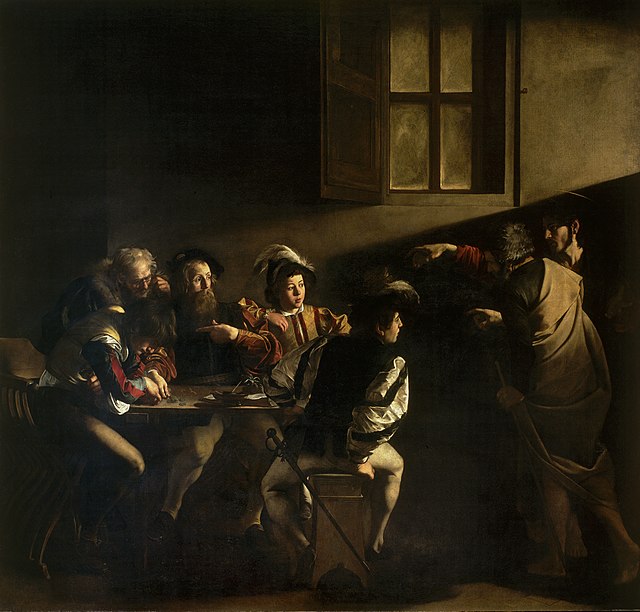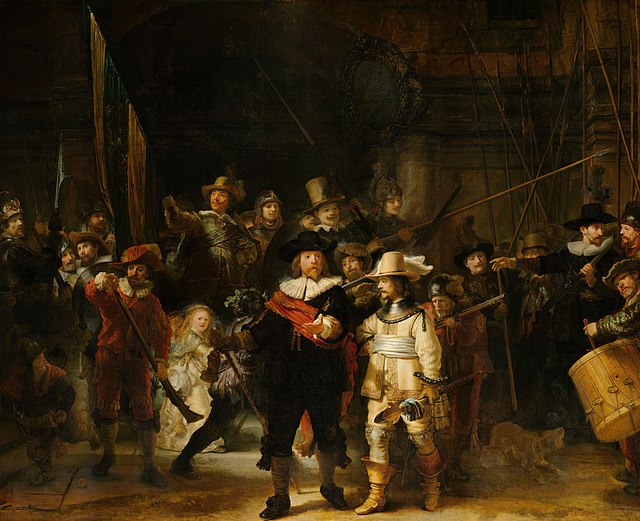Salvator Rosa (1615–1673) is best known today as an Italian Baroque painter, whose romanticized landscapes and history paintings, often set in dark and untamed nature, exerted considerable influence from the 17th century into the early 19th century. In his lifetime he was among the most famous painters, known for his flamboyant personality, and regarded as an accomplished poet, satirist, actor, musician, and printmaker, as well. He was active in Naples, Rome, and Florence, where on occasion he was compelled to move between cities, as his caustic satire earned him enemies in the artistic and intellectual circles of the day.
Self Portrait (c. 1650s), oil on canvas, 75 x 62.5 cm., Detroit Institute of Art.
Self-portrait (c. 1645), oil on canvas, 61 x 45 cm., (Musée des Beaux-Arts de Strasbourg)
Portrait of Lucrezia Paolini (c. 1656–60), oil on canvas, 66 x 50.5 cm., Galleria Nazionale d'Arte Antica
Self-Portrait (c. 1647), oil on canvas, 91 x 79.4 cm., Metropolitan Museum of Art. Rosa inscribes the Greek words "Behold, whither, when" while contemplating a skull
Baroque painting is the painting associated with the Baroque cultural movement. The movement is often identified with Absolutism, the Counter Reformation and Catholic Revival, but the existence of important Baroque art and architecture in non-absolutist and Protestant states throughout Western Europe underscores its widespread popularity.
The Calling of Saint Matthew (1599–1600), by Caravaggio. Contarelli Chapel, San Luigi dei Francesi, Rome. The beam of light, which enters the picture from the direction of a real window, expresses in the blink of an eye the conversion of St Matthew, the hinge on which his destiny will turn, with no flying angels, parting clouds or other artifacts.
Rembrandt van Rijn, The Night Watch or The Militia Company of Captain Frans Banning Cocq, 1642, oil on canvas, 363 cm × 437 cm (143 in × 172 in), Rijksmuseum, Amsterdam. The painting is a classic example of Baroque art.
Orazio Gentileschi, David and Goliath (c. 1605–1607)
Nativity by Josefa de Óbidos, 1669, National Museum of Ancient Art, Lisbon








